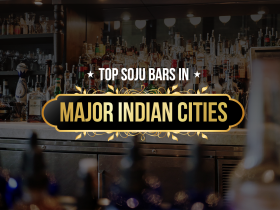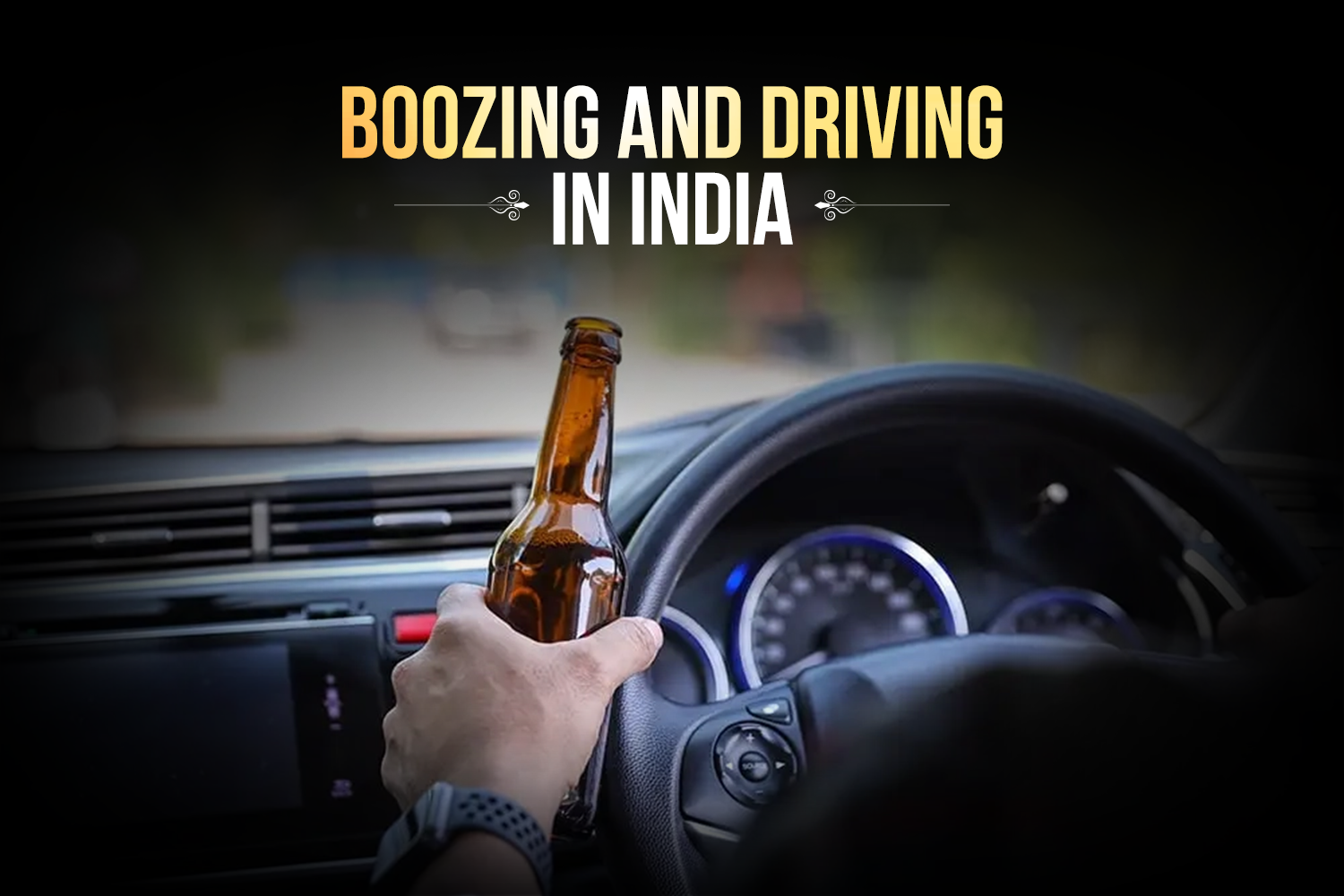Drunk driving remains a critical issue in India, contributing significantly to road accidents and fatalities. Despite stringent laws and campaigns, the prevalence of alcohol consumption followed by driving continues to pose serious threats to public safety. This blog delves into the factors contributing to this crisis, its consequences, and potential solutions.
1. The Scope of the Drunk Driving Crisis in India
Understanding the magnitude of the problem is crucial for addressing it effectively:
- Statistics on Drunk Driving: According to recent reports, drunk driving accounts for a significant percentage of road accidents in India, leading to thousands of injuries and fatalities each year.
- Demographic Factors: Young adults, particularly males aged 18-35, are more likely to engage in drunk driving, often influenced by social norms and peer pressure.
- Urban vs. Rural Areas: Drunk driving rates vary across regions, with urban areas witnessing higher incidents due to nightlife and alcohol availability.
2. Contributing Factors to Drunk Driving
Multiple factors contribute to the ongoing drunk driving crisis in India:
- Cultural Attitudes: In many social settings, drinking and driving are normalized, leading to a disregard for safety measures.
- Availability of Alcohol: Easy access to alcohol, including roadside vendors and unregulated sales, increases the likelihood of drunk driving.
- Weak Enforcement of Laws: Despite laws prohibiting drunk driving, enforcement remains inconsistent, allowing offenders to escape consequences.
- Lack of Awareness: Many drivers underestimate the effects of alcohol on their ability to operate a vehicle safely, leading to poor decision-making.
3. Consequences of Drunk Driving
The repercussions of drunk driving extend beyond legal penalties:
- Accidents and Fatalities: Drunk driving is a leading cause of road accidents, resulting in injuries, deaths, and lifelong disabilities.
- Legal Consequences: Offenders face severe legal repercussions, including fines, license suspension, and imprisonment, which can have long-term effects on their lives.
- Emotional Impact: Families of victims endure emotional trauma, loss, and financial strain due to the consequences of drunk driving incidents.
- Economic Costs: The economic burden of drunk driving includes healthcare costs, loss of productivity, and damages to property.
4. Strategies for Prevention
To combat the drunk driving crisis, effective prevention strategies are essential:
- Public Awareness Campaigns: Engaging campaigns to educate the public about the dangers of drunk driving and promoting responsible drinking behaviors.
- Stricter Enforcement of Laws: Governments must enhance the enforcement of drunk driving laws, including regular checkpoints and breathalyzer tests.
- Alternative Transportation Options: Promoting alternatives such as designated drivers, rideshare services, and public transportation can reduce drunk driving incidents.
- Community Involvement: Involving communities in initiatives to create a culture of accountability around alcohol consumption and driving.
5. The Role of Technology in Combating Drunk Driving
Technology can play a significant role in addressing the drunk driving crisis:
- Breathalyzer Apps: Smartphone apps that estimate blood alcohol concentration (BAC) can help users make informed decisions before driving.
- Ignition Interlocks: These devices require drivers to perform a breath test before starting the vehicle, effectively preventing drunk driving.
- Ride-Sharing Services: The rise of ride-sharing apps provides convenient alternatives to driving under the influence, promoting safer choices.
Conclusion
The drunk driving crisis in India demands urgent attention and collective action. By understanding the factors that contribute to this issue, recognizing its consequences, and implementing effective prevention strategies, we can work toward a safer future for all road users. It’s time to change the culture around drinking and driving, ensuring that our roads are safe for everyone.



























Leave a Reply